Caribbean InTransit: Changing art and the artist in TT
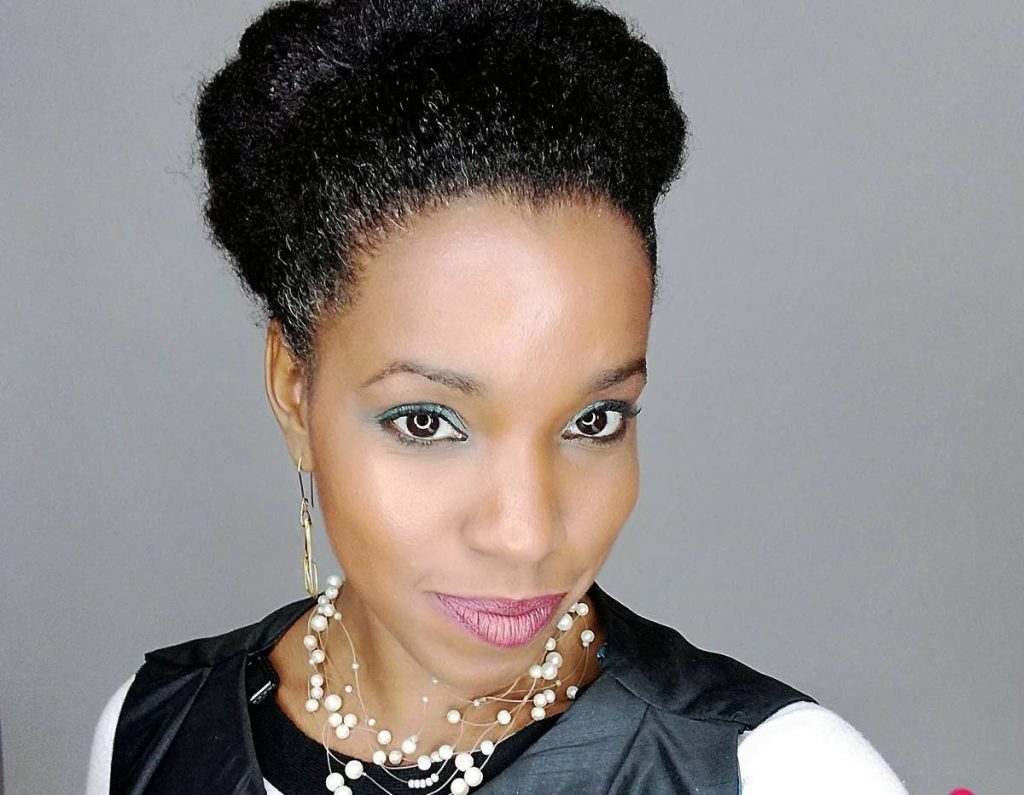
President of Caribbean InTransit Dr Marielle Barrow believes as a society, TT does not value art and the artist. But through her organisation and various events and projects, Barrow hopes to change that through the implementation of creative industry infrastructure.
On December 10, Barrow presented the event Body, which brought together visual artists, curators, writers and dancers to launch new platforms for the arts. It was held at the Art Society, Federation Park, Port of Spain.
Barrow said the event was really an opportunity for young artists to be mentioned and have conversations with established artists like Leroy Clarke, Gillian Bishop and Nikolai Noel.
“I think it is really an exciting prospect because our artistic sphere is really kind of disjointed. They are operating in all these different silos. While that is interesting because each silo is producing a kind of art, we are also not able to bring them in to discussion, which I think is really important. We are all one country.”
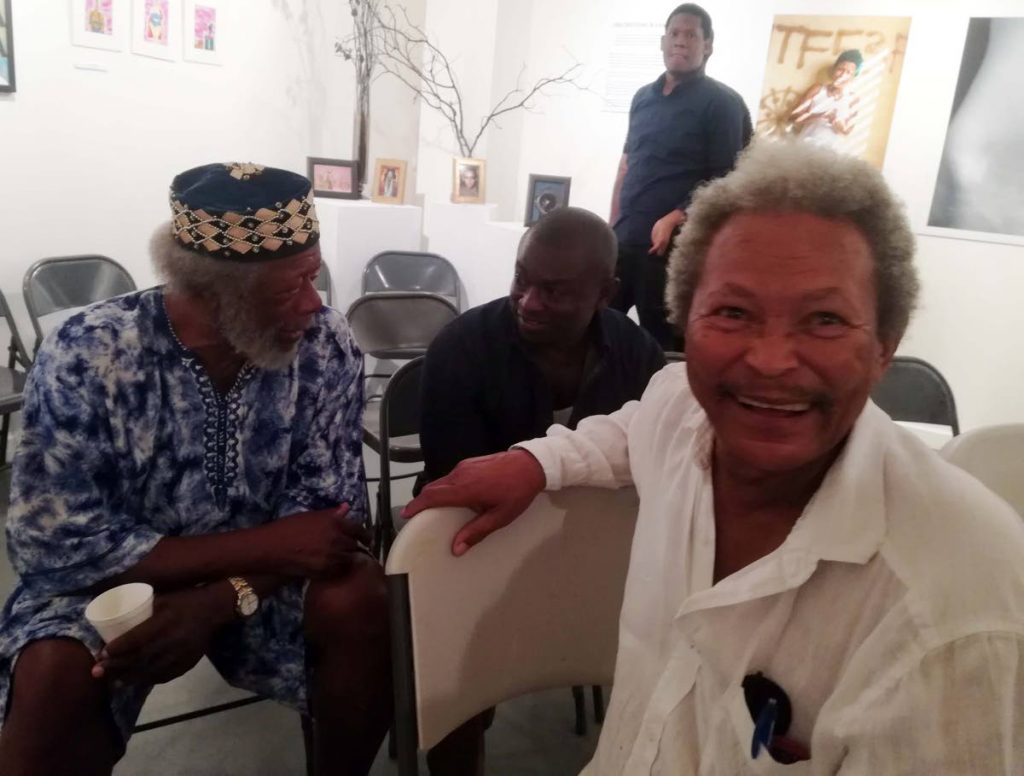
Clarke commented on the event in a Facebook post, saying with Barrow, her team and “other young artistic aspirants” like writer Alake Pilgrim, “a refreshing verve has not merely entered our fatigued space, seeking membership in a virtually defunct stratagem that mocks enshrined artistic integrity, but, with an intent of subtle strophes at being revolutionary.
“Take, for instance, even though the evening atmosphere seemed a bit ad hoc, in our customary postponement of critical uprightness, an invisible crew lent this neatly presented programme an air of indebted critique, readied to restructure and consign artistic endeavour to its poignant role and space in shaping, not only, artistic flair, but the outlook of our baring national conscience.”
Body was Caribbean InTransit’s inaugural 3rd Sundaze event and Barrow described it as an experiment of a new format that hopefully is more inclusive in various ways. She also said the event was an attempt to bring the different schools of art into discussion and thinking about the way the body is represented across a spectrum.
She said her work generally as an artist points towards how to develop a community that is more self-assured, that is not going to stand for certain things, recognises when violence is being inflicted upon them, how violence starts and how we will give them to courage to speak out by creating communities with safe spaces.
One of the major projects of Caribbean InTransit is This is ME, which focuses on young women but is about creating a space for young people to embolden their voices and giving them marketable skills to allow that to happen. The fifth edition of this programme was launched in Trinidad last year.
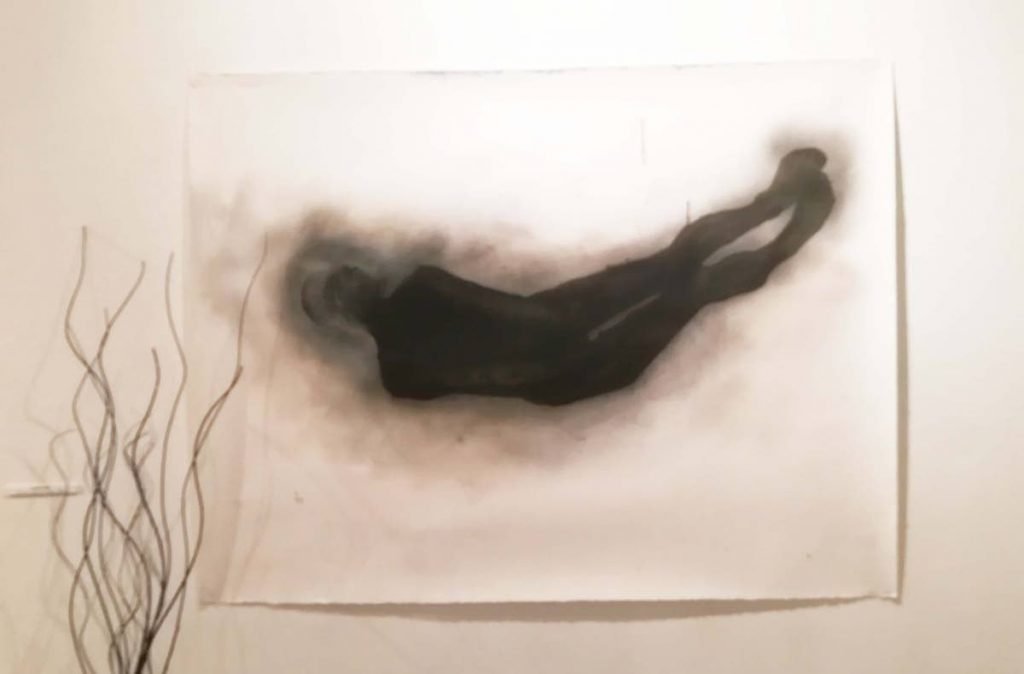
Barrow reported that the group has another project, Sacred Space: A Sense of Place, which looks at how people discuss community memory and events and create events that shift the dialogue and the space in the ways they want it to. She said acts of violence are physical, mental and emotional, but they are also visual.
“Space can dictate how we move. Physical structures can dictate how we move and how we react to things, and sometimes in reconfiguring all those elements we can create safe spaces.”
She said this project is the first step in creating a biennial, a trade fair of visual arts, and while historically a biennial was for the elite, as more developing countries are participating in art in various ways, they are forming new types of biennials. Barrow wants to create one locally that is for the people and by the people.
“That is a very big proposition, but I think it is an important one.”
She said smaller events are to build a conversation to what the biennial should be and built into that is the conversation on art and public space. She has written on the topic and done studies on it and said there are interesting projects taking place like a mural arts project in Philadelphia, which is art in public space but also restorative healing work that helps to resolve conflict within communities.
She said the project is not just about just creating an “art park” but must go deeper than that, and art has to be a work that is done in the community. For her this is the value of art and the projects come together in that vein.
Another project the group will be exploring is a collector’s club which encourages a community that collects art as investments and as a space of recreation and which will try to formalise that culture in a certain way. It will also help people to think about what is done with works of art in corporate collections, because showing them periodically within thematically-based exhibitions increases the value of the work.
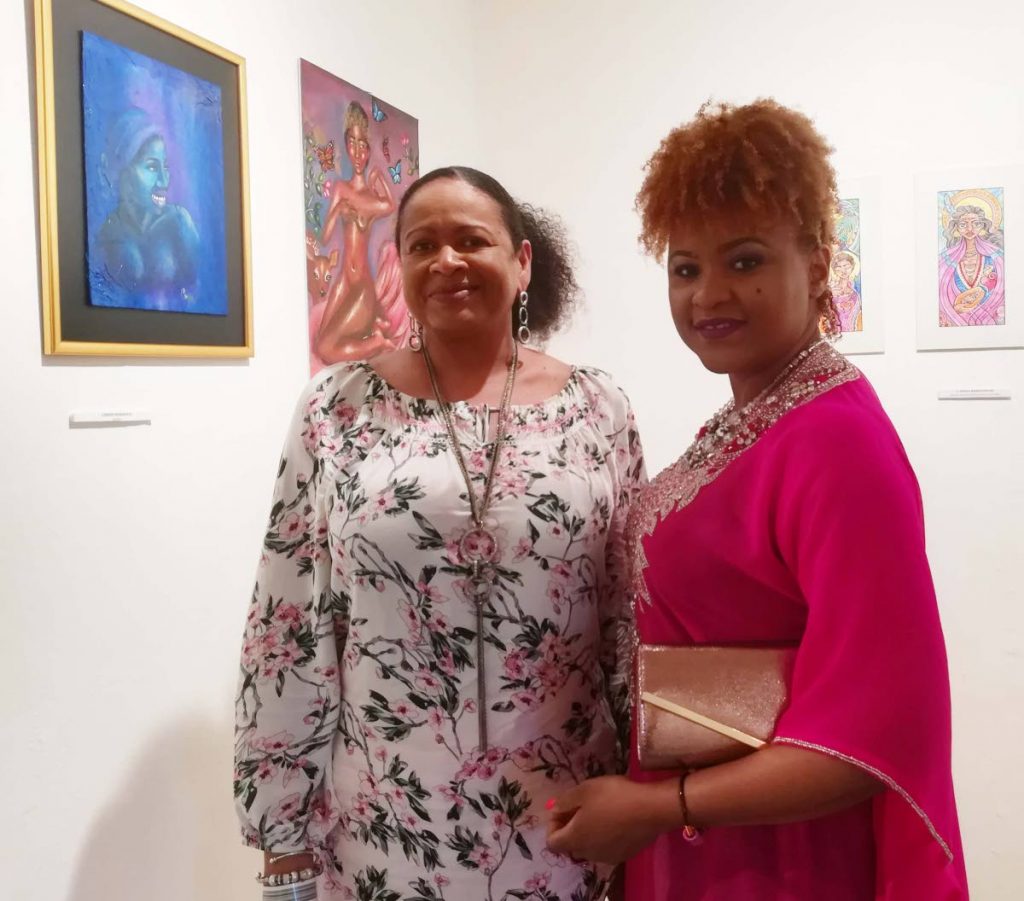
“What’s the sense of hiding Carlisle Chang. or other historic artists, behind somebody’s walls or in somebody’s office? Works of art in various ways belong to the people of TT culturally, even if the actual work of art does not belong.”
She said there is also a lack of documentation and it is important to have archives and to have them accessible to wider public. Barrow lamented that as a society TT undervalued art and the artist.
“We don’t have the systems in place to effectively recognise our artists and celebrate our artists, and that has to do with creative industry infrastructure. And that is the work that I do.”
The country has to put those systems in place and put people in place, she said, who understand what those systems could and should be. Barrow pointed out that other countries are taking art seriously and monetising TT’s culture and “looking back at us because we are left behind.”
She said movements towards local art were being taken seriously, and gave the example of the economic development advisory board working on developing pan and manufacturing. She said the country also needed to harness the knowledge and the skills resident in TT and in diaspora people and not feeling that the country has to go “outside” for expertise or it all resides in one place.
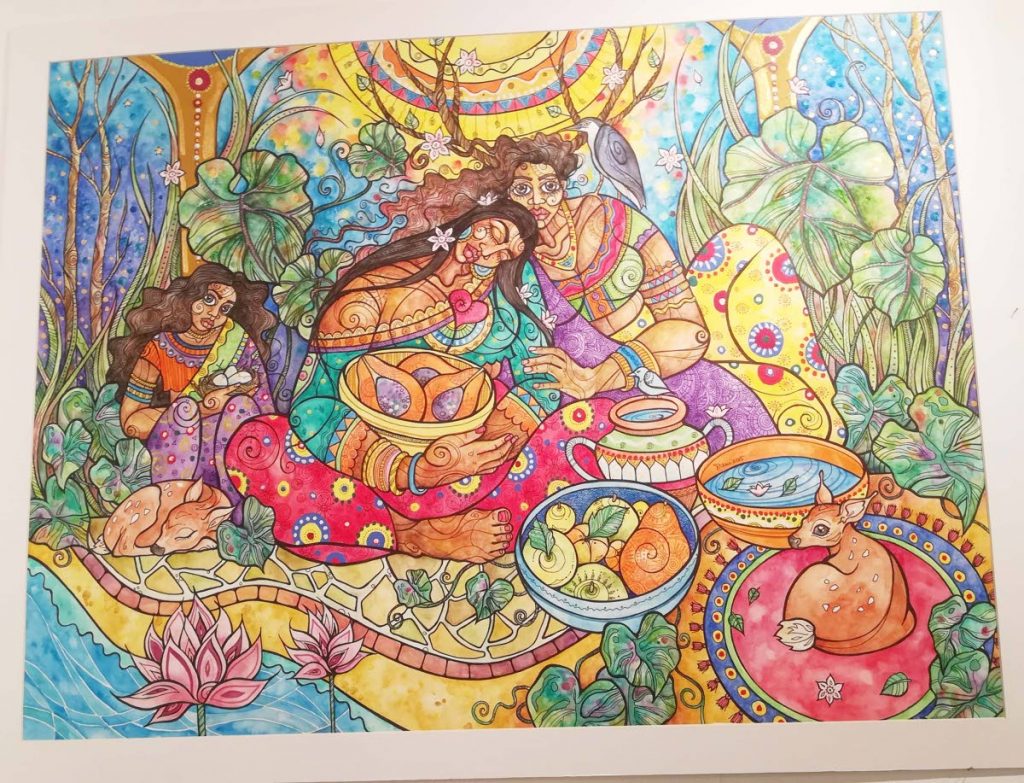
Caribbean InTransit is a “meeting place for social change through creativity and a showcase for Caribbean creatives in the visual, culinary, performing and literary arts and architecture.”
The organisation had its roots in 1996, with the formation of Caribbean Arts Village and Centre for the Arts, but started officially in May 2010, when Barrow went to the US to do her doctorate in cultural studies.
She described Caribbean InTransit as the form her social entrepreneurship took at that point: an academic form, with a journal for the arts, and symposiums.
She is president of the international board, while Keith Nurse is president of the Caribbean board.
Caribbean InTransit will host its next event around Carnival 2018 and is inviting more artists to participate. Barrow expressed hope this exhibition will not be static but can be taken to the streets and outdoors.
“We have big visions and big dreams, as always.”


Comments
"Caribbean InTransit: Changing art and the artist in TT"